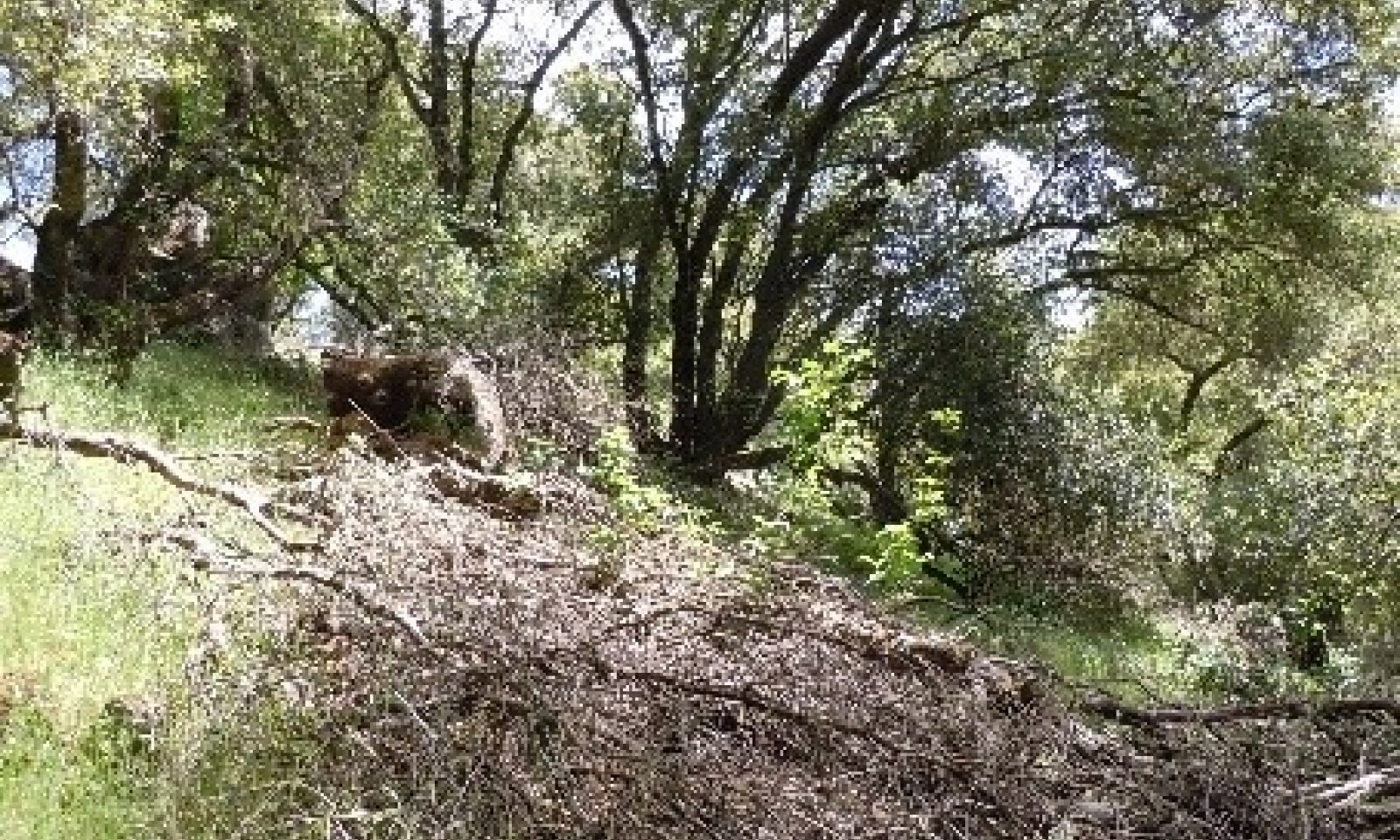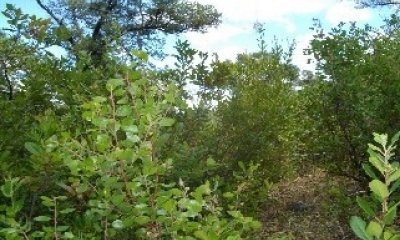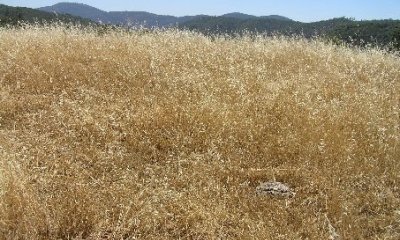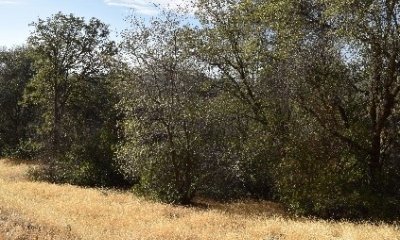
Thermic Granitic Foothills
Scenario model
Current ecosystem state
Select a state
Management practices/drivers
Select a transition or restoration pathway
- Transition T1.a More details
- Transition T1.b More details
- Transition T1.c More details
- Restoration pathway R2.a More details
- Transition T2.a More details
- Restoration pathway R3.a More details
- Transition T3.a More details
- Restoration pathway R4.b More details
- Restoration pathway R4.a More details
-
No transition or restoration pathway between the selected states has been described
Target ecosystem state
Select a state
Submodel
Submodel
Submodel
Mechanism
This transition occurs after decades of little to no disturbance agents (including management) which builds up fuels. A high severity, stand replacing fire may then trigger an abrupt change in plant/animal communities and hydrological and nutrient cycling. Shrubs adapted to the new fire regime, sprout and seed at a much higher rate than the tree component.
Mechanism
This transition occurs after active grazing and/or brush management suppresses woody vegetation, resulting in loss of overstory trees and a dominance of annuals.
Mechanism
This transition occurs as undesirable invasive annual grasses and forbs gain a foothold (> 25% cover).
Mechanism
This restoration pathway occurs after active brush management, chemical treatment, followed up with tree planting.
Mechanism
This transition occurs with active (often repeated) brush management or annual burning/chemical treatment.
Mechanism
This restoration pathway occurs with tree planting, often requires shade screens, and seedling protection from browsers to be successful.
Mechanism
This transition occurs after invasive plants posing extreme economic/environmental issues become established.
Mechanism
This restoration pathway occurs with integrated weed management. May require mowing, herbicides, and/or biological control.
Model keys
Briefcase
Add ecological sites and Major Land Resource Areas to your briefcase by clicking on the briefcase (![]() ) icon wherever it occurs. Drag and drop items to reorder. Cookies are used to store briefcase items between browsing sessions. Because of this, the number of items that can be added to your briefcase is limited, and briefcase items added on one device and browser cannot be accessed from another device or browser. Users who do not wish to place cookies on their devices should not use the briefcase tool. Briefcase cookies serve no other purpose than described here and are deleted whenever browsing history is cleared.
) icon wherever it occurs. Drag and drop items to reorder. Cookies are used to store briefcase items between browsing sessions. Because of this, the number of items that can be added to your briefcase is limited, and briefcase items added on one device and browser cannot be accessed from another device or browser. Users who do not wish to place cookies on their devices should not use the briefcase tool. Briefcase cookies serve no other purpose than described here and are deleted whenever browsing history is cleared.
Ecological sites
Major Land Resource Areas
The Ecosystem Dynamics Interpretive Tool is an information system framework developed by the USDA-ARS Jornada Experimental Range, USDA Natural Resources Conservation Service, and New Mexico State University.














